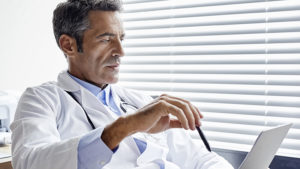1. In patients with chronic hepatitis C, AGA recommends vibration-controlled transient elastography (VCTE), if available, rather than other nonproprietary, noninvasive serum tests (APRI, FIB-4) to detect cirrhosis.
2. In patients with chronic hepatitis C, AGA suggests a VCTE cutoff of 12.5 kPa to detect cirrhosis.
3. In noncirrhotic patients with HCV who have achieved sustained virologic response (SVR) after antiviral therapy, AGA suggests a post-treatment vibration controlled transient elastography cutoff of 9.5 kPa to rule out advanced liver fibrosis.
4. In patients with chronic hepatitis B, AGA suggests VCTE rather than other nonproprietary noninvasive serum tests (ie, APRI and FIB-4) to detect cirrhosis.
5. In patients with chronic hepatitis B, AGA suggests a VCTE cutoff of 11.0 kPa to detect cirrhosis.
6. AGA makes no recommendation regarding the role of VCTE in the diagnosis of cirrhosis in adults with nonalcoholic fatty liver disease (NAFLD).
7. In patients with chronic alcoholic liver disease, AGA suggests a VCTE cutoff of 12.5 kPa to detect cirrhosis.
8. In patients with suspected compensated cirrhosis, AGA suggests a vibration controlled transient elastography cutoff of 19.5 kPa to assess the need for esophagogastroduodenoscopy (EGD) to identify high risk esophageal varices.
9. In patients with suspected chronic liver disease undergoing elective nonhepatic surgery, AGA suggests a VCTE cutoff of 17.0 kPa to detect clinically significant portal hypertension to inform preoperative care.
10. In adult patients with chronic hepatitis C, AGA suggests using VCTE rather than magnetic resonance elastography (MRE) for detection of cirrhosis.
11. In adults with NAFLD and a higher risk of cirrhosis, AGA suggest using MRE, rather than VCTE, for detection of cirrhosis.












